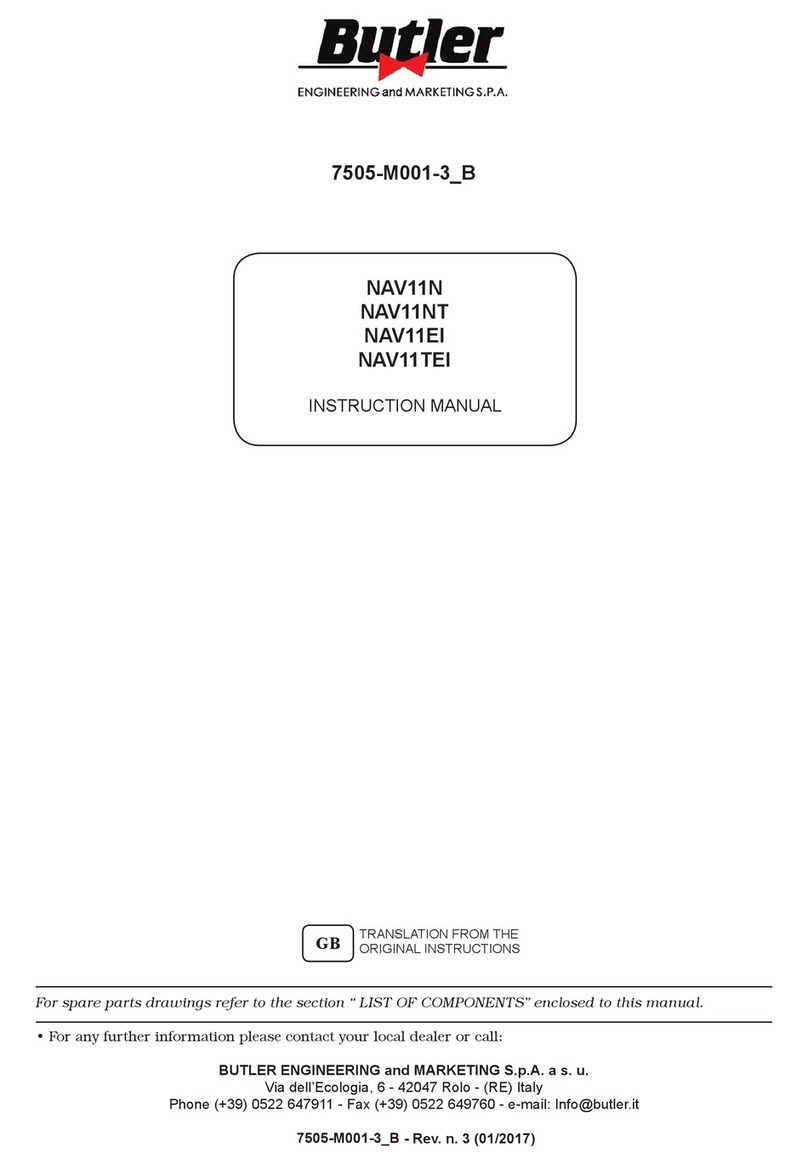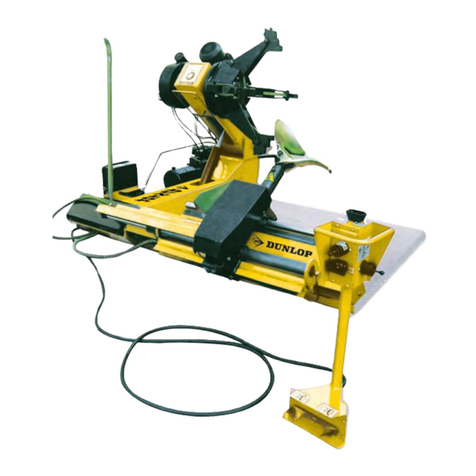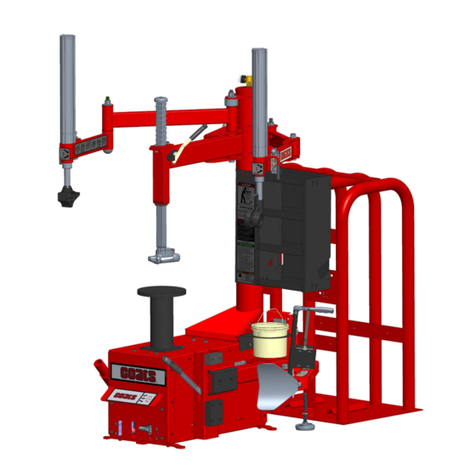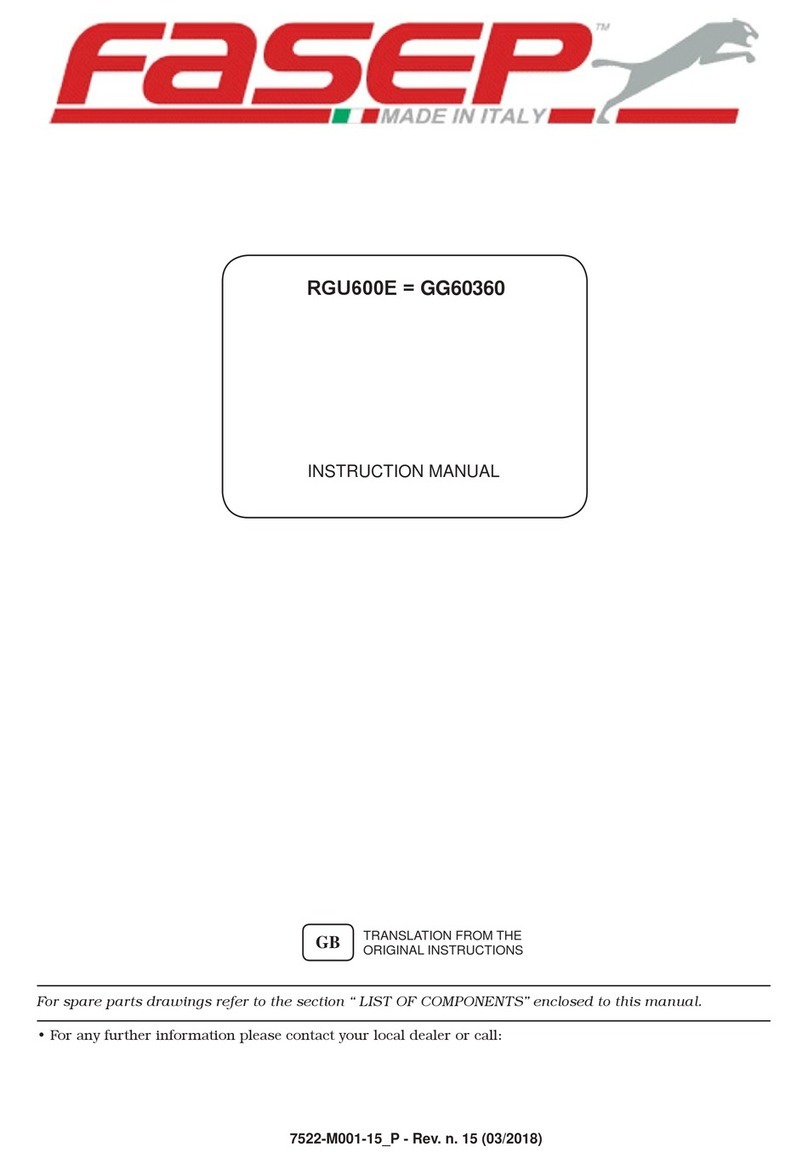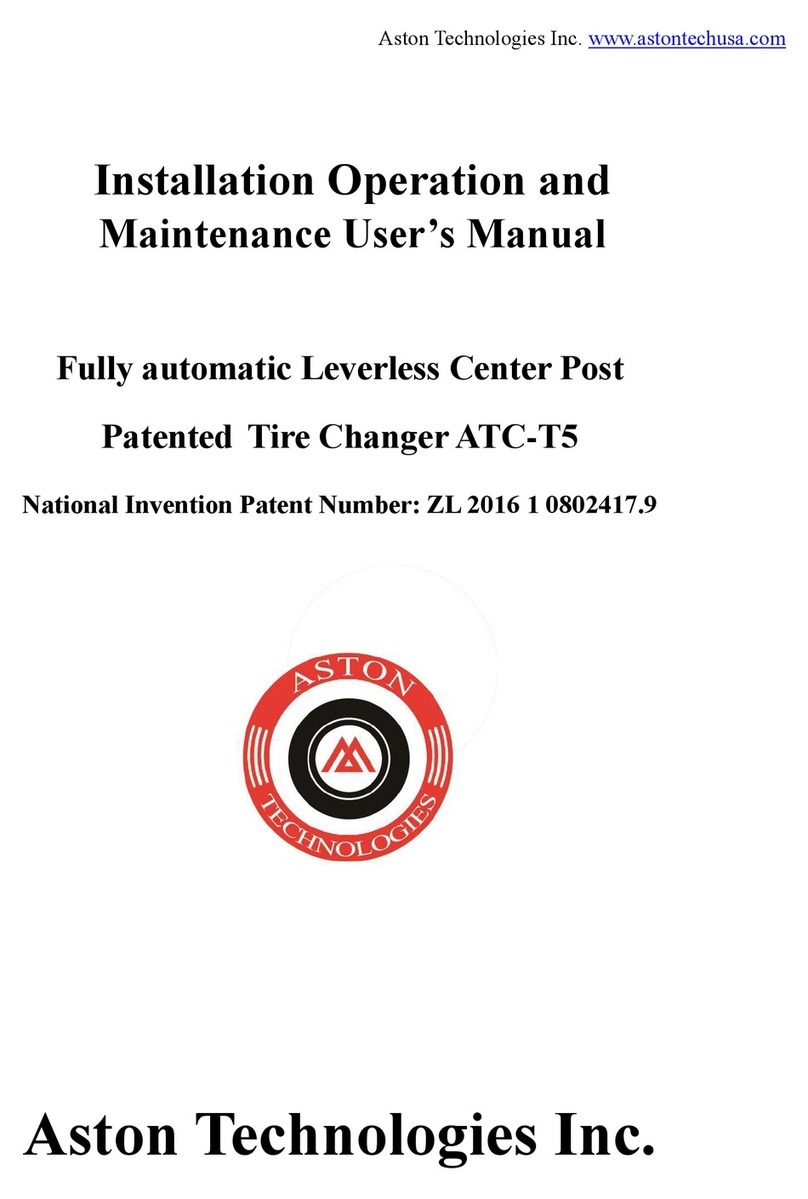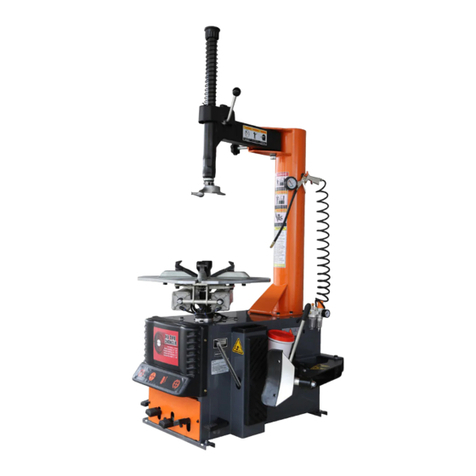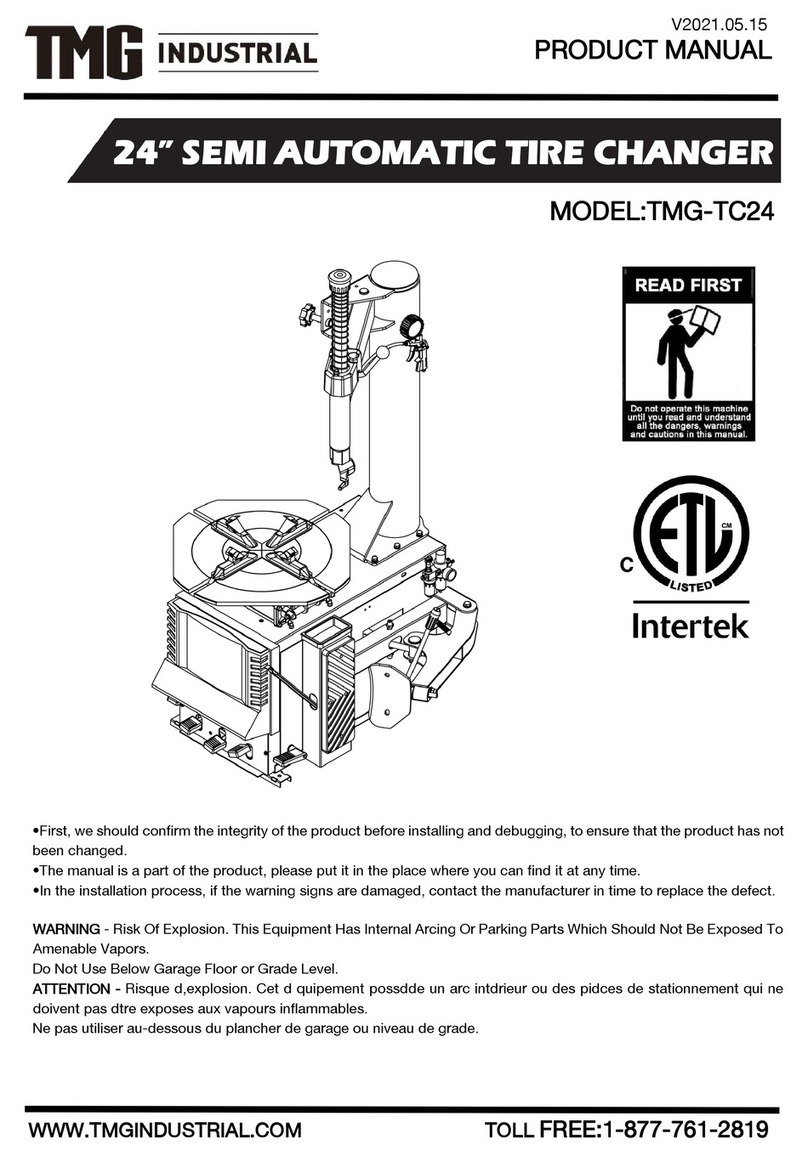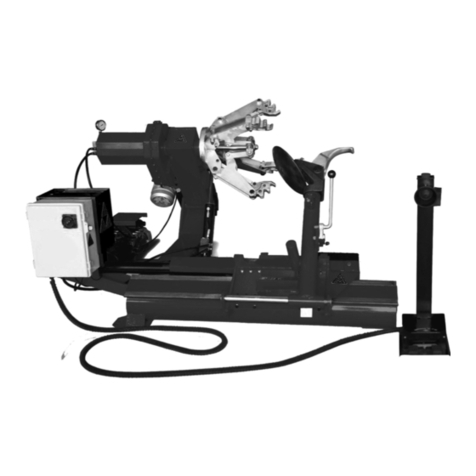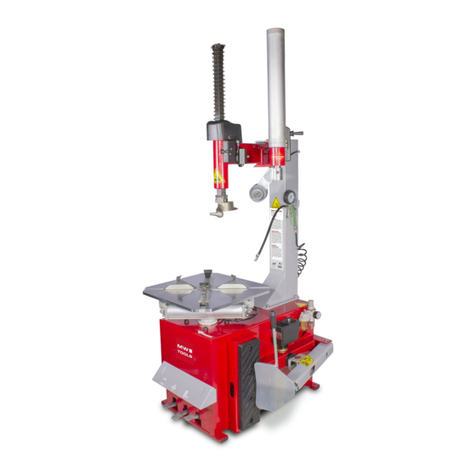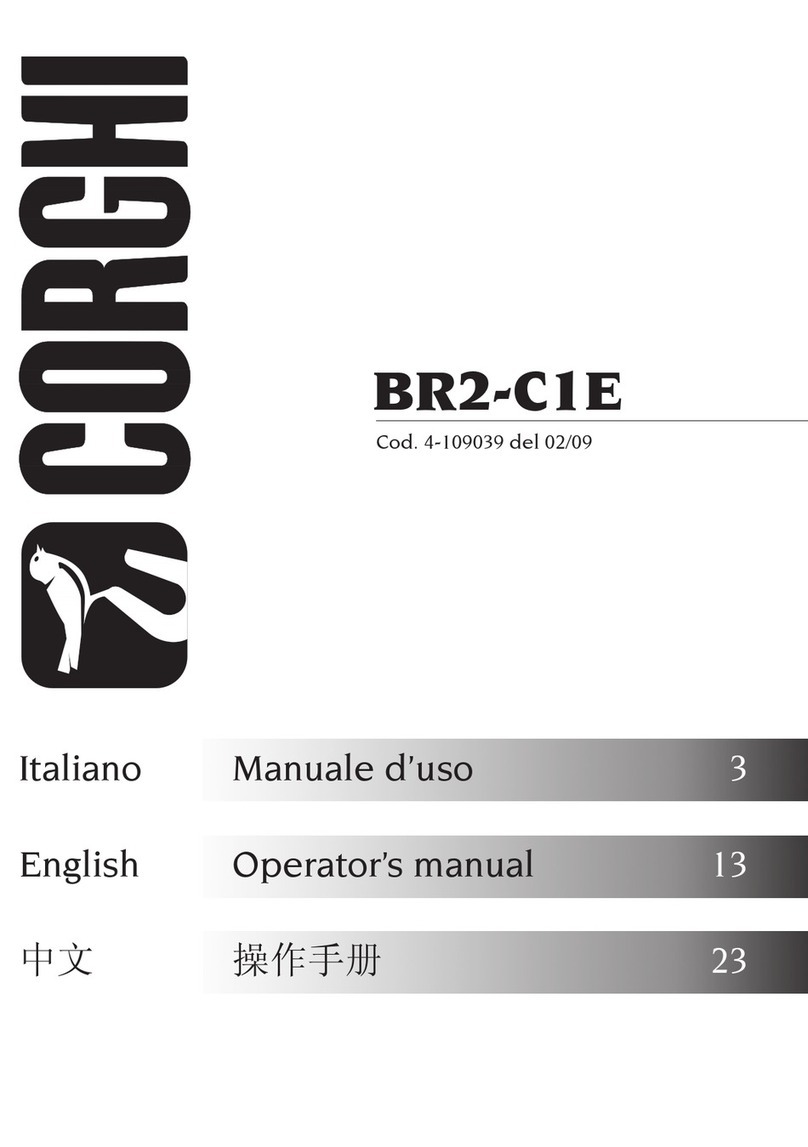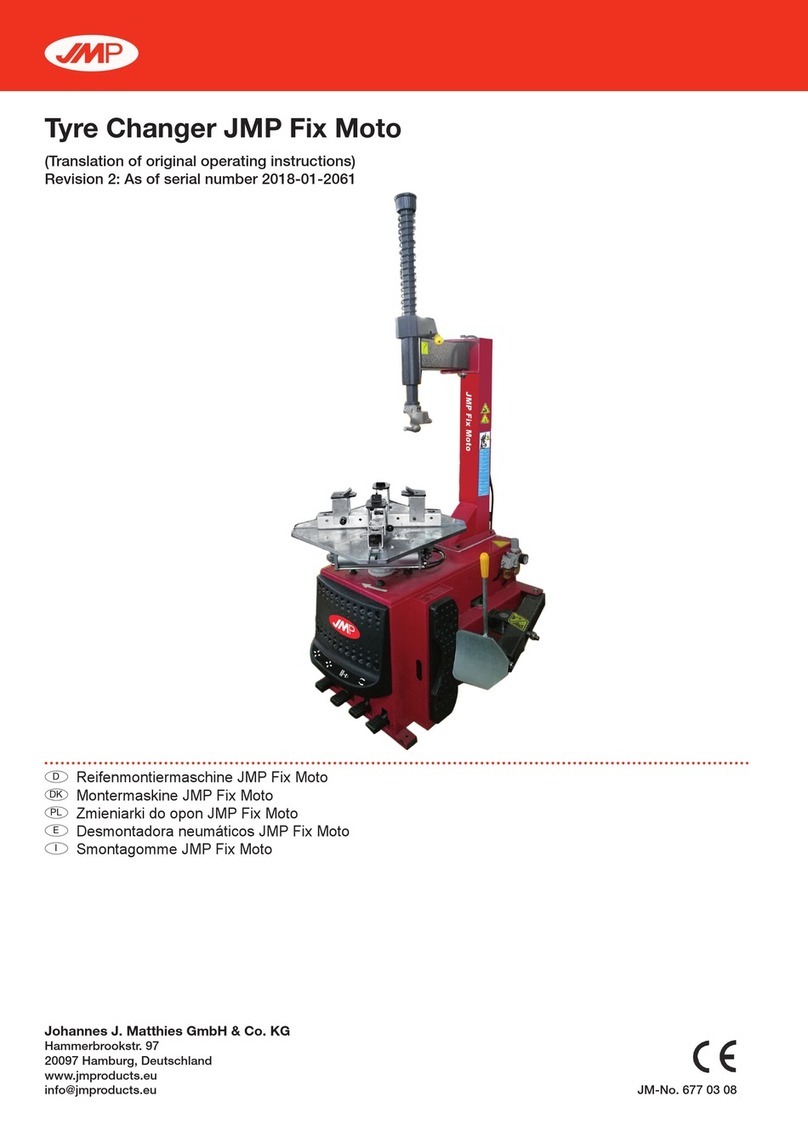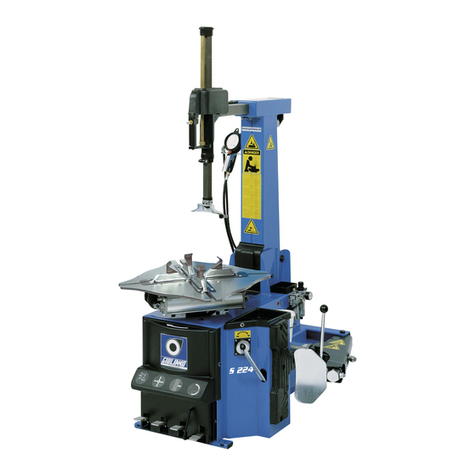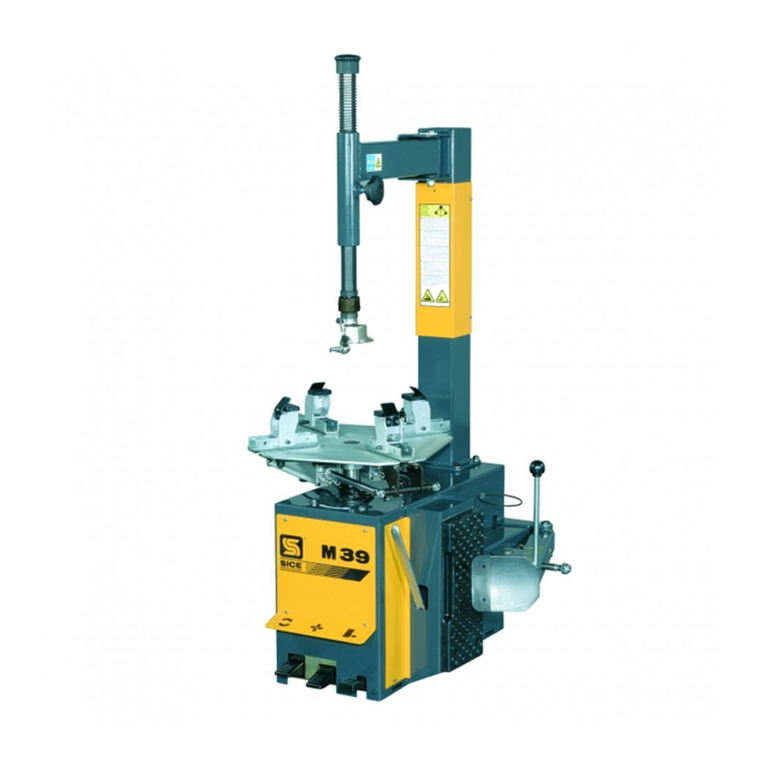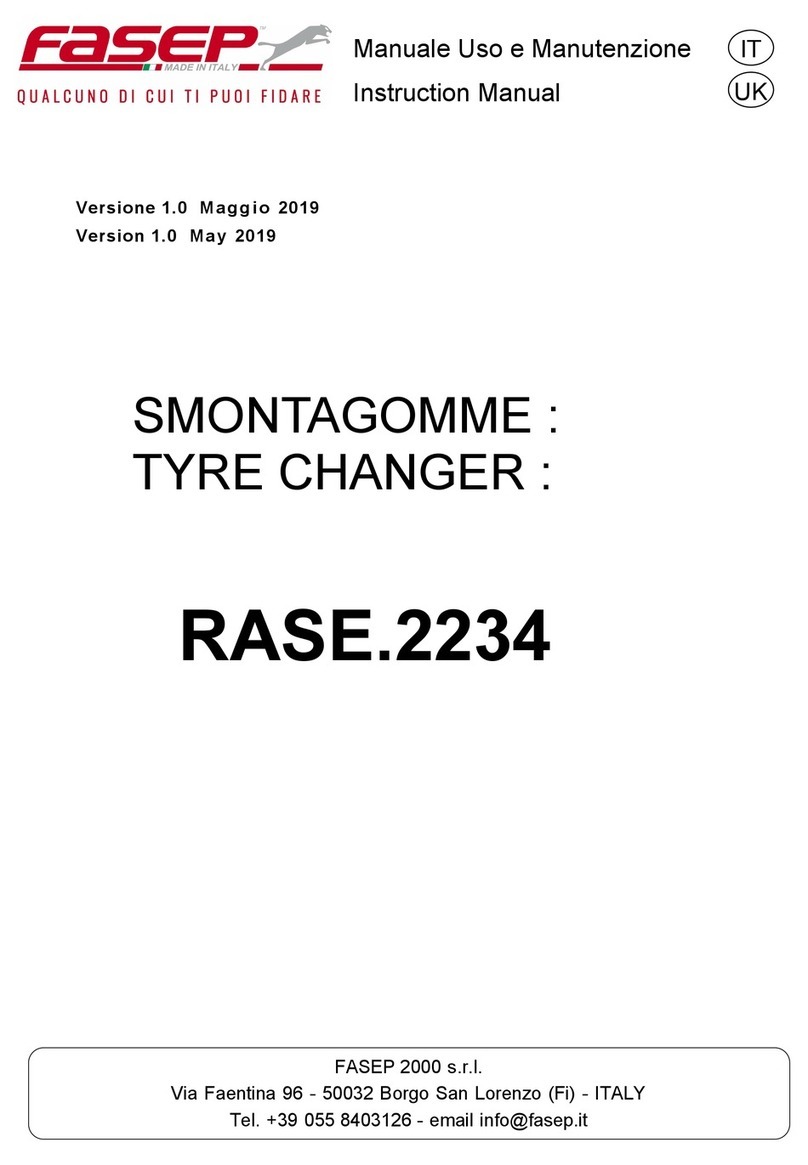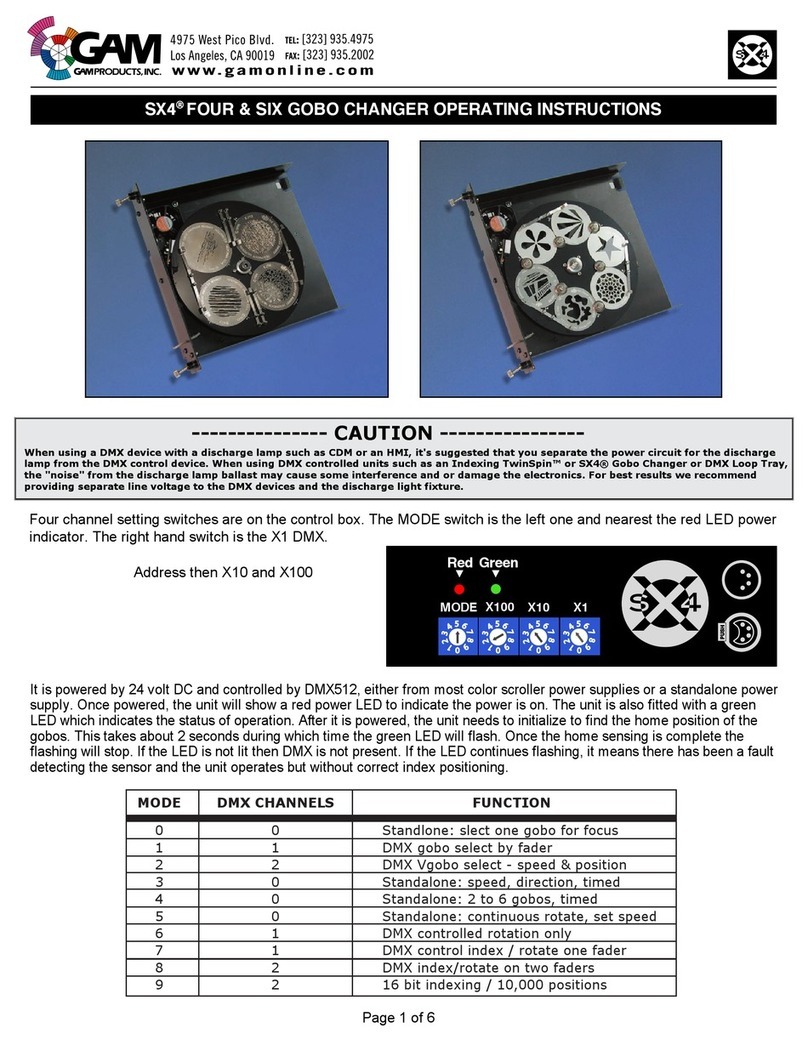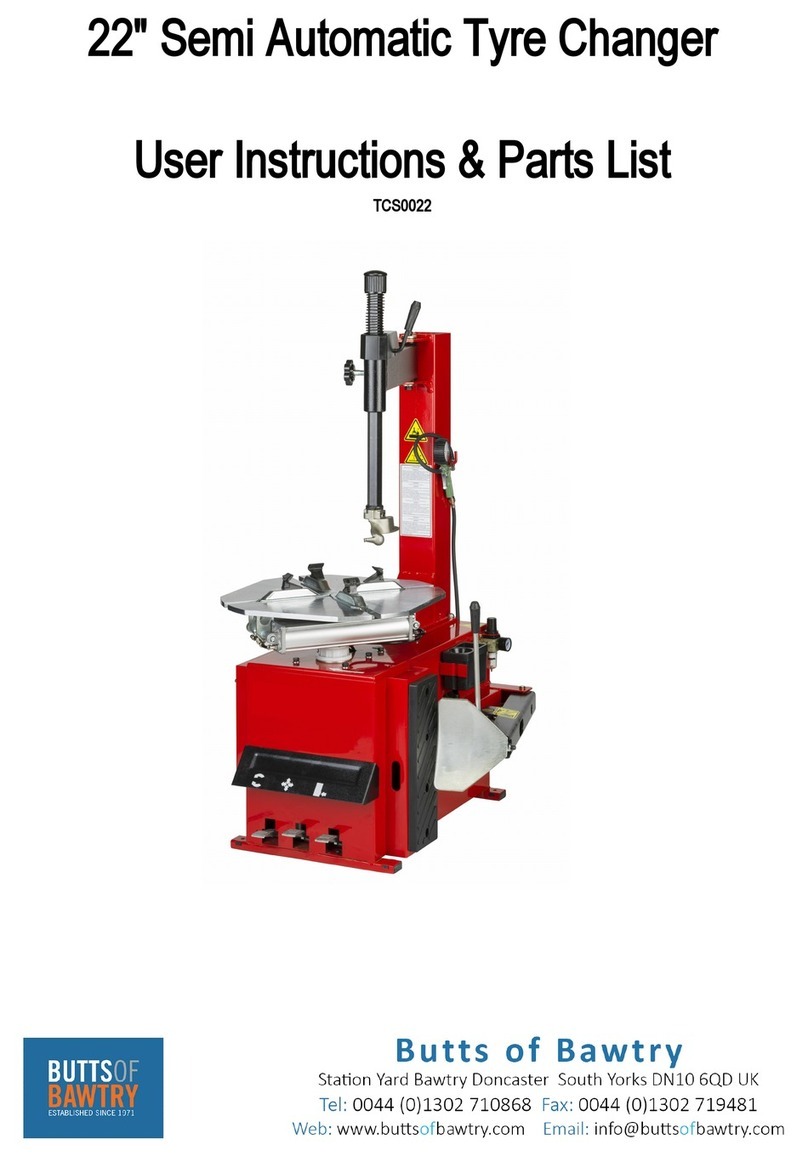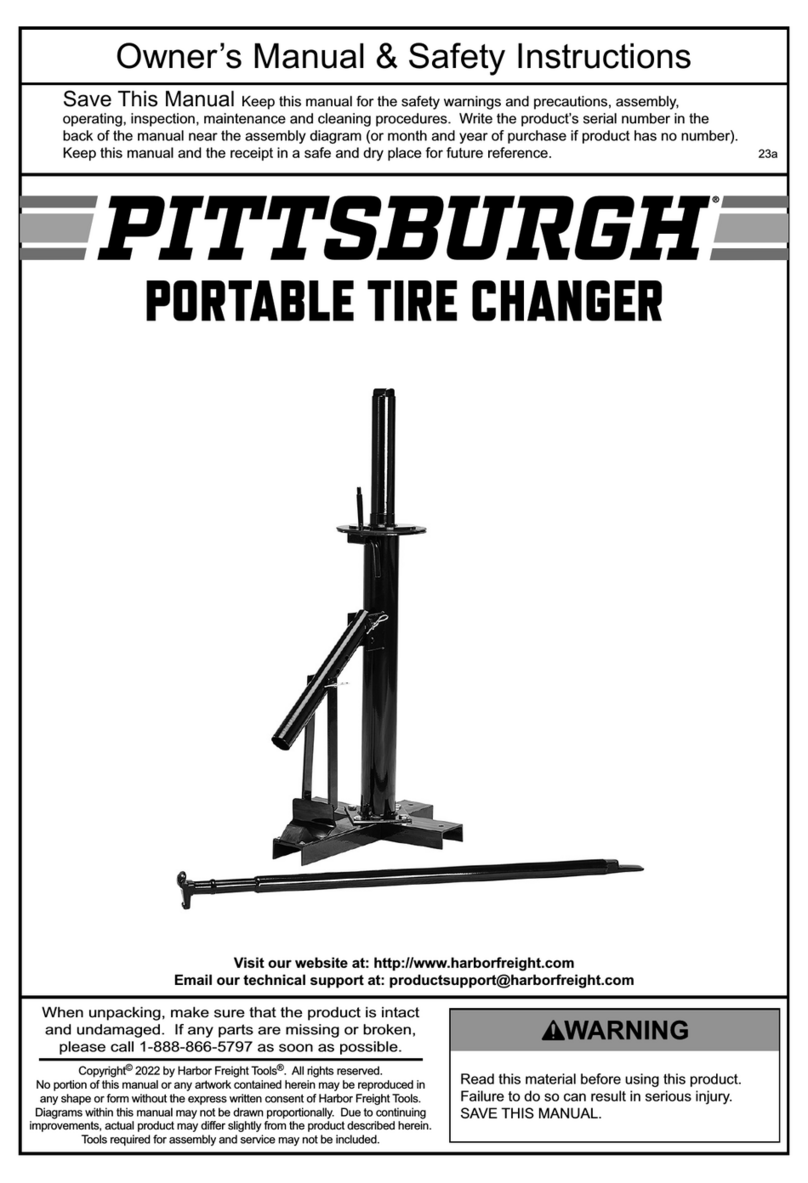
11
Chapter 3 Installation and Commission
Carefully read the manual before installation and the change on the parts of the machine without
the permission of the manufacturer can cause the damage to the machine;
Installation and commission person must have some knowledge relating to electrical;
Operator must under the special training and pass the examination;
You must carefully check the equipment list and contact the dealers or our company if you are in doubt;
To ensure the installation and commission complete successfully, please prepare the following common
tools: 2pcs open spanners (10″), I pc socket key, 1pc hexangular spanner, 1pc pliers, 1pc screw, 1pc
hammer and 1pc universal electric meter.
3.1 Open the box
3.1.1 In accordance with the instruction on the package box, open the package box and remove the package
material and check if the machine is sounded and the accessories if completed.
3.1.2 Keep the package material far away from the working site and treat it well.
3.2 installation of the parts detached
3.2.1 Installation of the air tank (ignore this step if the model without air tank or entire machine packing)
Remove the side panel and use 2 pcs M8x20 bolts, flat washer and elastic washer and nut to fix the
air tank in main body of machine. Like the picture fig4.
The exhaust valve (FIG3-25) under air tank needs connect 4 hoses. Two 12mm hoses of them insert
the connectors FIG5-B and FIG5-C randomly. The other two 8mm hoses insert the connectors
FIG5-A and FIG5-D.
3.2.2 Install the air regulator (ignore this step if entire machine packing)
Install the air regulator to the right side of the air tank using 2 pieces of M6x10 screw by 5# Allen key
like FIG6.
After installation air regulator, remove the straight connector which connect the two pcs ofφ8 PU hose
